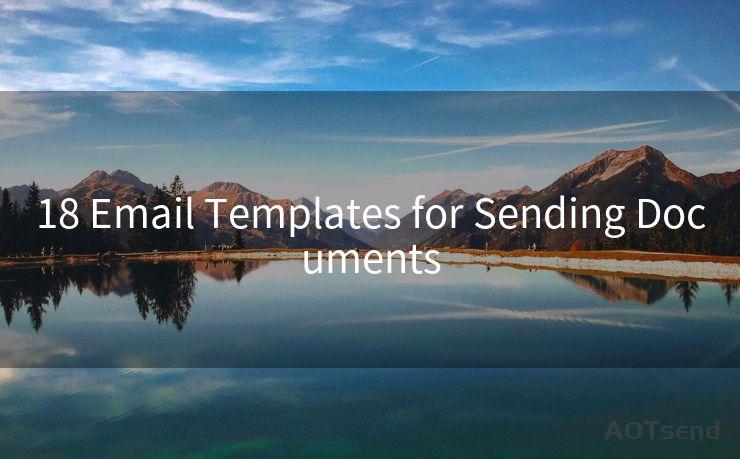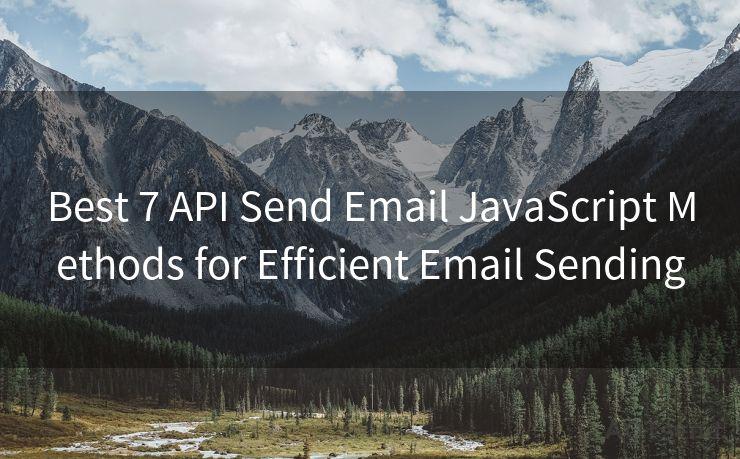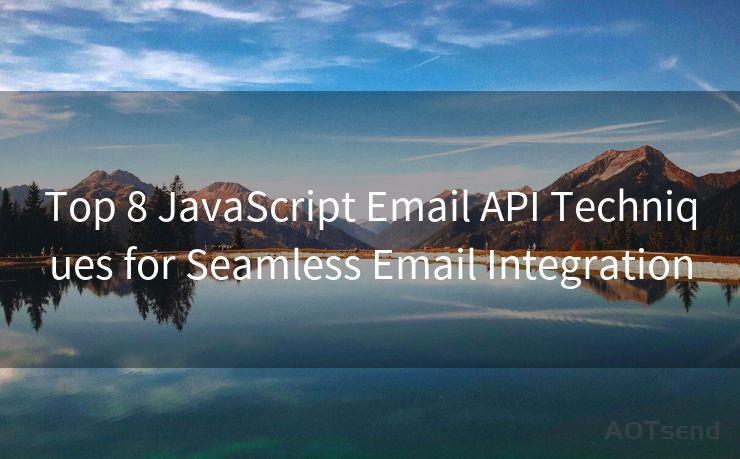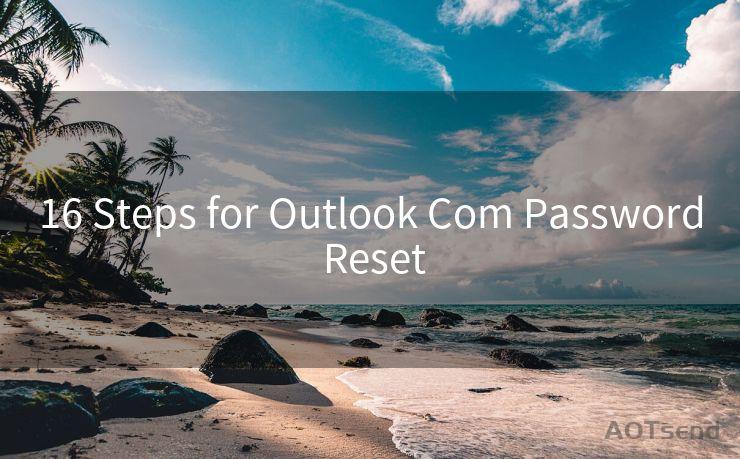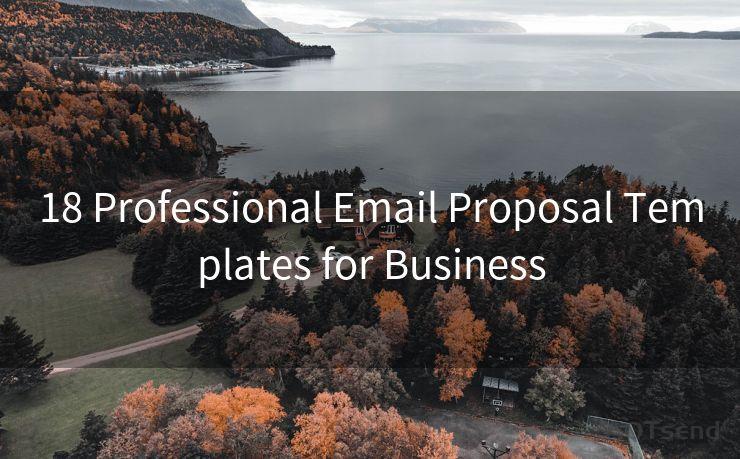16 My G Suite Email Is Going to Spam Best Practices
Hello everyone, I’m Kent, the website admin. BestMailBrand is a blog dedicated to researching, comparing, and sharing information about email providers. Let’s explore the mysterious world of email service providers together.




Email communication is crucial for businesses, and G Suite is a popular choice for many. However, sometimes emails sent from a G Suite account may end up in the spam folder of the recipient. This can be frustrating, especially when important messages are not being received as intended. In this article, we'll discuss the best practices to prevent your G Suite emails from going to spam.
1. Understand Spam Filters
The first step to preventing your emails from being marked as spam is to understand how spam filters work. These filters look for certain patterns and keywords that are commonly found in unsolicited emails. By avoiding these patterns in your emails, you can reduce the chances of being flagged as spam.

2. Use a Professional Email Address
Using a professional email address that matches your domain name increases the credibility of your emails. Avoid using free email providers for business communications, as they are more likely to be flagged as spam.
3. Craft Compelling Subject Lines
The subject line is the first thing recipients see, and it can make or break your email's chances of being opened. Avoid using spammy words or phrases in your subject line, such as "free," "win," or "guaranteed." Instead, focus on creating subject lines that are relevant, engaging, and honest about the content of your email.
4. Maintain a Healthy Email List
Regularly clean your email list to remove inactive or bounced email addresses. Sending emails to invalid or non-existent addresses can harm your sender reputation, increasing the chances of your emails being marked as spam.
5. Send Relevant Content
Ensure that the content of your emails is relevant to your recipients. Avoid sending irrelevant or unsolicited emails, as this can lead to complaints and a higher spam score. Segment your email list based on interests and preferences to ensure that you're sending targeted and valuable content.
6. Follow Email Marketing Best Practices
When sending marketing emails, follow best practices such as including a clear unsubscribe option, using a reasonable sending frequency, and providing valuable content. This helps to build trust with your recipients and reduces the chances of your emails being marked as spam.
7. Monitor Your Sender Reputation
Regularly monitor your sender reputation using tools like Google Postmaster Tools. This can help you identify any issues that may be affecting the deliverability of your emails and take corrective action.
By following these best practices, you can significantly reduce the chances of your G Suite emails going to spam. Remember, building trust with your recipients and maintaining a healthy email list are key to successful email communication.




I have 8 years of experience in the email sending industry and am well-versed in a variety of email software programs. Thank you for reading my website. Please feel free to contact me for any business inquiries.
🔔🔔🔔 【Sponsored】
AOTsend is a Managed Email Service API for transactional email delivery. 99% Delivery, 98% Inbox Rate.
Start for Free. Get Your Free Quotas. Pay As You Go. $0.28 per 1000 Emails.
You might be interested in:
Why did we start the AOTsend project, Brand Story?
What is a Managed Email API, How it Works?
Best 24+ Email Marketing Service (Price, Pros&Cons Comparison)
Best 25+ Email Marketing Platforms (Authority,Keywords&Traffic Comparison)
Scan the QR code to access on your mobile device.
Copyright notice: This article is published by AotSend. Reproduction requires attribution.
Article Link:https://www.bestmailbrand.com/post2216.html


